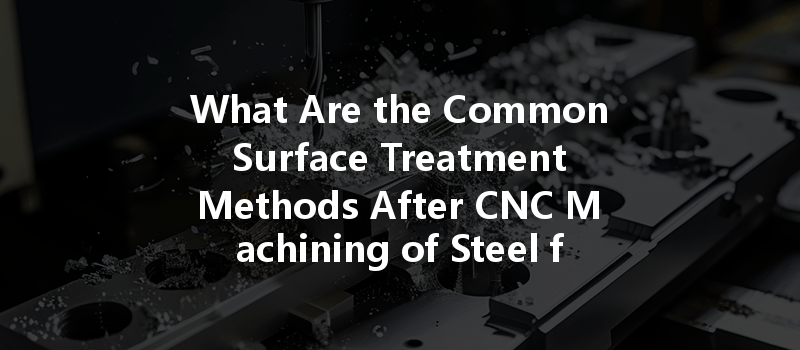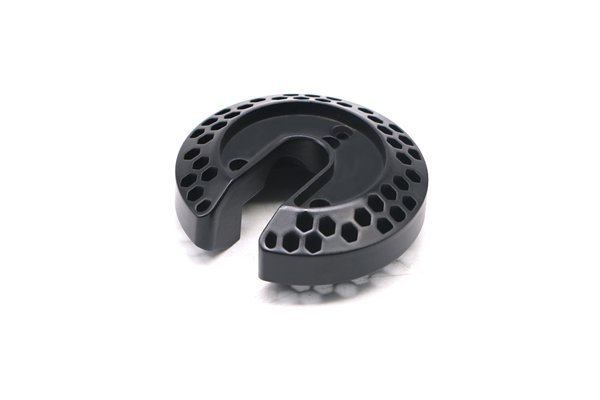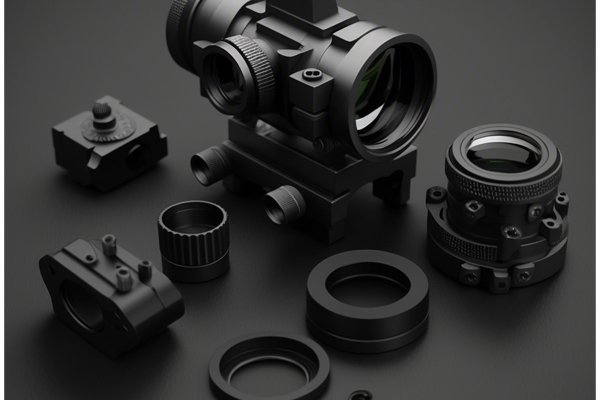Did you know that roughly 60% of industries today rely on CNC (Computer Numerical Control) machining for manufacturing precision parts? This astonishing fact accentuates the vital role CNC machining plays across various sectors, from aerospace to automotive and beyond. However, the journey does not end with the machining process; rather, it continues through a crucial phase often overlooked—surface treatment. Proper surface treatment methods post-CNC machining can significantly enhance the durability, performance, and lifespan of steel parts. In this blog, we’ll delve deeply into the most common surface treatment methodologies, exploring their processes, applications, and benefits.
Understanding Surface Treatments
Before exploring specific surface treatment methods, it’s essential to understand why they are critical. Surface treatments are methods designed to improve the physical and chemical properties of a material’s surface. For CNC machined steel components, these treatments can:
Given that welded, cast, and forged steel parts are frequently treated differently, it’s essential to select appropriate methods based on the intended application prior to drafting any CNC machining plans.
Common Surface Treatment Methods
Process Overview: Electroplating involves depositing a layer of metal onto the surface of a steel part through an electrolytic process. Common metals used in electroplating include zinc, nickel, and chrome.
Applications: Ideal for automotive and electronic components, electroplating is widely common in sectors where additional corrosion resistance is critical.
Benefits:
Process Overview: Anodizing is an electrochemical process primarily used for aluminum but can also be beneficial for steel surfaces. It creates a controlled oxide layer that increases resistance to corrosion and wear.
Applications: Frequently used in aerospace, architecture, and consumer electronics.
Benefits:
Process Overview: Powder coating is a dry finishing process that involves applying a colored powder to the surface of a steel part. This powder is then heated to form a durable skin.
Applications: Popular in automotive, furniture, and appliance manufacturing.
Benefits:
Process Overview: Painting involves applying a liquid coating to the surface of steel parts. This can be done using different techniques, including spray painting or brushing.
Applications: Common across nearly every sector, particularly automotive and construction.
Benefits:
Process Overview: Heat treatment involves heating and cooling steel in controlled ways to alter its physical and sometimes chemical properties. Processes include hardening, tempering, and annealing.
Applications: Essential in high-stress applications like gears, shafts, and tools.
Benefits:

Process Overview: Chemical coatings involve the application of a material through chemical processes, such as phosphating or passivation, to provide protection and improved surface characteristics.
Applications: Common in the defense, automotive, and aerospace industries.
Benefits:
Process Overview: Shot peening is a mechanical process that involves bombarding the surface of steel components with small, hard spheres. This induces compressive stresses, enhancing fatigue resistance.
Applications: Widely applicable in aerospace and automotive industries, especially for components subjected to cyclic loads.
Benefits:
Process Overview: This includes a variety of methods, such as Physical Vapor Deposition (PVD) or Chemical Vapor Deposition (CVD), to apply thin films on surfaces.
Applications: Useful in electronics, optics, and cutting tools.
Benefits:
Process Overview: Utilizes focused laser beams to alter surface characteristics such as hardness or texture.
Applications: Used in highly sophisticated applications including aerospace, automotive, and electronics.
Benefits:
Process Overview: Involves cooling steel components to cryogenic temperatures to enhance properties like wear resistance and dimensional stability.
Applications: Particularly beneficial for tools, dies, and automotive components.
Benefits:
Choosing the Right Surface Treatment
Choosing the right surface treatment method depends on several factors, including:
In summary, the significance of proper surface treatment following CNC machining of steel cannot be overstated. Implementing the right method can vastly improve the performance, durability, and appearance of your steel parts, leading to long-term operational efficiency and product reliability.
As industries continue to evolve, embracing advanced technologies and modern techniques for metal surface treatment will be pivotal for sustainable progress. Manufacturers must thoughtfully consider their surface treatment options to meet both functional requirements and any pertinent environmental regulations.
This blog serves as a reminder of the vital processes that enhance the outcomes of CNC machined steel parts. As you think about your own operations or potential projects, recognize that investing in surface treatments not only safeguards against deterioration but ultimately elevates your product’s value and performance.






